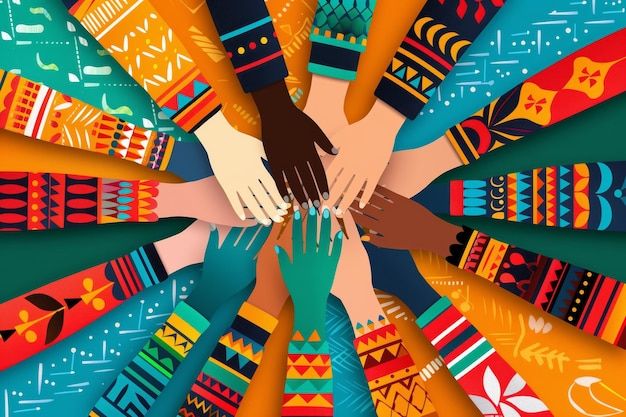
In an increasingly connected world, cultural exchange programs have become one of the most exciting ways to explore new countries, experience different lifestyles, and develop global understanding. These programs offer students, professionals, and young people a unique opportunity to learn from other cultures while sharing their own traditions and values. Whether it’s through volunteer work, internships, teaching, or short-term study programs, cultural exchanges build bridges between nations and promote international collaboration.
However, before embarking on such a life-changing journey, one essential requirement stands between you and your experience abroad, securing the right visa. The visa process for cultural exchange programs may seem complicated, but with proper guidance and preparation, it can be smooth and stress-free. This article explains everything you need to know about how to get a visa for cultural exchange programs, from understanding the types of visas available to preparing a strong application and ensuring a successful approval.
Understanding What a Cultural Exchange Visa Is
A cultural exchange visa is a type of travel document that allows individuals to live temporarily in another country to participate in exchange programs focused on culture, education, and professional development. These programs can range from student exchange schemes to work-and-study opportunities, language training, and cultural immersion experiences.
Countries like the United States, Canada, the United Kingdom, Germany, and Australia offer well-structured cultural exchange visa categories. For example, the United States issues the J-1 Exchange Visitor Visa, designed for students, interns, teachers, au pairs, researchers, and cultural ambassadors. Similarly, other nations provide special exchange or temporary residence permits for participants in approved international programs.
The key purpose of this visa category is to promote mutual understanding between nations through shared experiences, learning, and cultural interaction.
Step 1: Identify the Right Exchange Program
Before applying for a visa, the first step is to choose a legitimate and government-approved cultural exchange program. Your visa eligibility depends on the type of program you select, as most countries only issue exchange visas for recognized organizations and institutions.
Look for programs sponsored by educational institutions, non-profit organizations, or cultural agencies that have official partnerships with the destination country. Examples include student exchange programs between universities, volunteer or internship programs, and cultural ambassador initiatives.
Do thorough research to ensure that the program aligns with your personal goals, whether that’s improving language skills, gaining professional experience, or expanding your worldview.
Step 2: Confirm Visa Type and Requirements
Each country has specific visa categories for cultural exchanges, and understanding the requirements is crucial. For example:
- United States: J-1 Exchange Visitor Visa
- United Kingdom: Temporary Worker – Government Authorised Exchange Visa
- Canada: International Experience Canada (IEC) Visa
- Germany: Exchange and Volunteer Program Visa
- Australia: Temporary Activity Visa (Subclass 408)
Visit the official immigration website of your destination country to confirm the specific documents and eligibility criteria. Generally, applicants must be accepted into a certified exchange program and prove that they intend to return home after completion.
Step 3: Gather the Required Documents
Once you know the exact visa category, start gathering the required documents. Most embassies and consulates require the following:
- A valid international passport (with at least six months validity).
- Proof of admission or sponsorship letter from your exchange organization.
- Proof of financial means to support yourself abroad.
- Passport-sized photographs that meet embassy specifications.
- Visa application form (filled accurately and completely).
- Evidence of strong ties to your home country (family, employment, or property documents).
- Proof of medical insurance for the duration of your stay.
- Police clearance or background check (in some cases).
Keep all your documents organized in a single folder. Any missing or inconsistent information can delay or jeopardize your visa approval.
Step 4: Complete the Visa Application Process
After assembling your documents, visit the official embassy or consulate website to complete your visa application. Most countries require you to create an online profile, pay a non-refundable visa fee, and schedule a biometric or interview appointment.
During this stage:
- Fill out all forms truthfully and accurately.
- Upload the necessary documents in the required format.
- Double-check the dates, spelling, and contact information before submission.
Once submitted, print out your confirmation receipt and keep it safe, as you’ll need it for your visa interview.
Step 5: Attend the Visa Interview
The visa interview is a critical part of the application process. Its purpose is to verify the authenticity of your documents and your intentions for travel. Be confident, honest, and prepared to explain why you chose that particular exchange program.
Common questions include:
- Why do you want to participate in this program?
- What will you gain from the experience?
- Who is funding your trip?
- How long will you stay?
- Do you intend to return home after the program ends?
Dress neatly and arrive early for your appointment. Bring all original documents, including financial statements, proof of admission, and your passport.
Step 6: Wait for Processing and Approval
After the interview, your visa application will go through an administrative review process. The processing time varies depending on the embassy and the type of visa. You may receive updates via email or through the embassy’s online tracking system.
If approved, your passport will be returned with the visa stamped inside. Before traveling, verify that all details such as your name, program sponsor, and validity dates are correct.
Step 7: Prepare for Your Cultural Exchange Journey
Once your visa is approved, start preparing for your trip. Book your flight, secure accommodation, and attend any pre-departure orientation your program may offer. If you need temporary accommodation before settling into your host location, consider booking a trusted hotel or guesthouse for your arrival.
It’s also important to research the culture, laws, and customs of your destination country to avoid misunderstandings. Being informed will help you integrate smoothly into your new environment.
Common Mistakes to Avoid During Visa Application
- Submitting incomplete or false documents.
- Applying through unverified agents or middlemen.
- Ignoring financial proof requirements.
- Missing your visa interview or providing inconsistent answers.
- Failing to start the application process early enough.
To increase your chances of approval, always apply directly through official channels and stay transparent throughout the process.
Getting a visa for a cultural exchange program is more than just paperwork, it’s a gateway to personal growth, global understanding, and lifelong connections. Through these programs, you can experience education, career development, and cultural diversity in ways that classroom learning alone cannot offer.
By choosing a reputable program, preparing your documents properly, and following embassy guidelines closely, you can make your visa journey smoother and more successful. The experience that awaits you on the other side of that visa stamp is worth every bit of the effort you invest today.
Start your preparation early, stay informed, and embrace the adventure that comes with exploring a new culture. The world is ready to welcome you, take that bold step toward your cultural exchange journey now.
Fill this FORM for your visa consultation today.



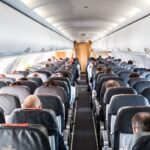
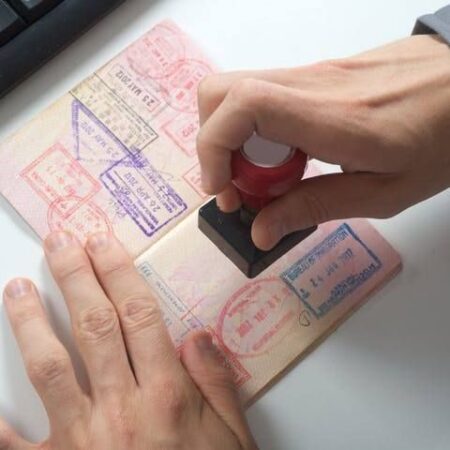

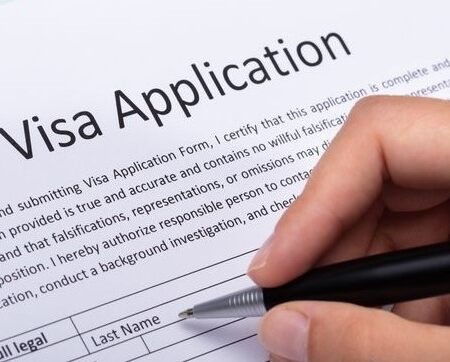
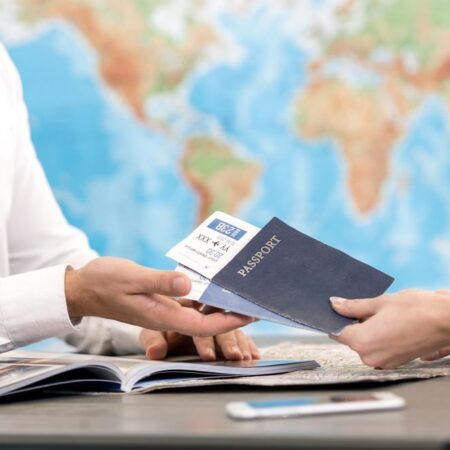
No Comment! Be the first one.